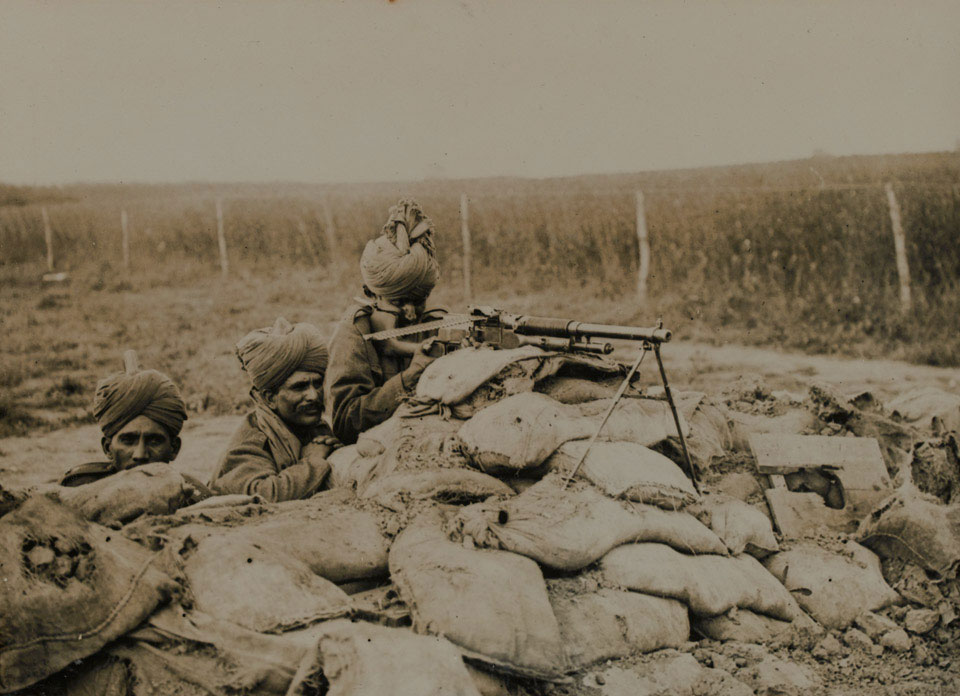Whose Remembrance?

2nd Rajput Light Infantry in action in Flanders, during the winter of 1914–15
A few statistics from the Imperial War Museum in London make it clear that the First World War was a global war in more than one sense:
- Roughly 1.5 million soldiers from British India served in the war; 80,000 lost their lives. Many of them fought in the trenches on the Western Front–if you don’t believe me, check out the names of fallen Sikh, Muslim and Hindu soldiers on the Menin Gate in Ypres.
- More than 15,000 soldiers from the Caribbean fought with the allied forces.
- Tens of thousands of East Africans were drafted into a non-combatant Carrier Corps to support* British troops in Africa.
- Chinese and Egyptian Labour Corps, with roughly 100,000 and 55,000 men, supported British troops in France and the Middle East
Taken together, those numbers change the face of World War I. And that’s not even counting participants from French colonies and “areas of influence”. Not to mention the segregated African American units who fought in France.
The Imperial War Museum is commemorating the WWI centennial with a wide ranging research project titled Whose Remembrance? focusing on the experience of the peoples of Britain’s former empire in the wars. The researchers seem to be asking questions not only about the topic itself but what it tells us about how history is constructed. This is worth watching.
*That word, supported, deserves some attention.




